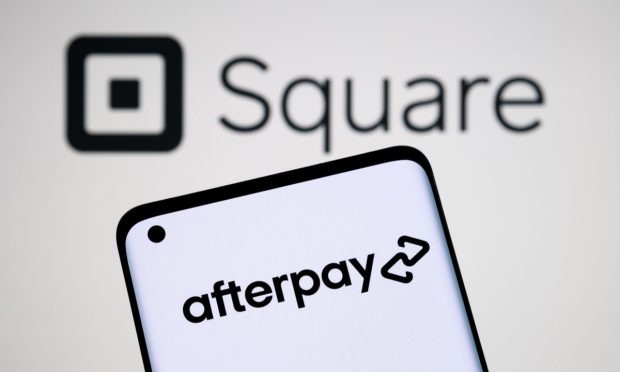BNPL Race Keeps Heating Up as Users Grow, Sales Increase and New Partnerships Form

Variously known as point-of-sale credit, alternative credit, and installment payments, BNPL continues building momentum — and everybody wants a piece of the action.
Recent and anticipated earnings reports from major players in the sector prove that the payment option is beloved by consumers — some with good credit scores, others without — while merchants are recognizing it as a new customer acquisition engine that moves more merchandise and creates loyalty.
While its sizable role in BNPL has been somewhat opaque until recently, PayPal’s third-quarter financials released Monday (Nov. 8) confirmed that the payments platform is doing brisk BNPL business.
As PYMNTS reported, in the 12 months ended in September, PayPal’s BNPL “transaction volume was $9.5 billion; as many as 9.5 million consumers elected to use BNPL at checkout, while 950,000 merchants feature the option.”
The company will be expanding BNPL to Spain and Italy in the current quarter, and its acquisition of Japan’s Paidy BNPL platform is further proof of its faith in the concept.
Read more: PayPal: Venmo Coming to Amazon, Pay Later Users Hit 9.5M
Looking to Affirm, which Amazon just made available to North American consumers (Amazon already accepts Zip Pay in Australia), active customers almost doubled to 7.1 million in its fiscal fourth quarter, and transactions per active customer in the period rose 8% year over year to 2.3.
Even the doubters are now getting on board.
After announcing in December 2020 that it would no longer allow cardholders to settle third-party BNPL debts with its credit cards, America’s third-largest card issuer did an about-face in September, according to Reuters. Capital One CEO Richard Fairbank told analysts that “We will be testing a beta version of our own ‘buy now, pay later’ product,” adding that “The elephant in the room is the sustainability of the merchant subsidy. This is fueled by merchants’ beliefs that they’re getting incremental volume.”
PYMNTS research finds that nearly 30 million consumers used BNPL to pay for at least one purchase in the past 12 months. Among what we call “second chance” consumers with blemished credit, about three-quarters, or roughly 23%, want the affordability that installments provide.
Get the study: The Second-Chance Consumer: How Buy Now, Pay Later Payments Create New Merchant Opportunities
Financial Inclusion Meets Budgeting
In a year packed with BNPL headlines, Square’s acquisition of Afterpay is among the most telling.
Afterpay’s recent report explains the appeal, with active customers up 63% overall in its fiscal 2021 — 88% in the U.S. alone — and active merchants accepting Afterpay increasing 77%. Additionally, Afterpay has said U.S. merchants will see an $8.2 billion sales boost through its service.
In an August statement, Square co-founder and CEO Jack Dorsey said, “Square and Afterpay have a shared purpose. We built our business to make the financial system more fair, accessible and inclusive, and Afterpay has built a trusted brand aligned with those principles.”
As for Swedish BNPL powerhouse and retail bank Klarna, the company has been getting stricter about missed installment payments as it promotes responsible use of POS credit. In October the company modified its service in the U.K. to make it more transparent for users.
Klarna co-founder and CEO Sebastian Siemiatkowski said, “We firmly believe that most of the time, people should pay with the money they have, but there are certain times where credit makes sense. In those cases, our BNPL products offer a sustainable and no-cost healthy form of credit — and a much-needed alternative to high-cost credit cards.”
See also: How We Pay 2021: BNPL And Credit Cards Are Magic Mixture for Millennials